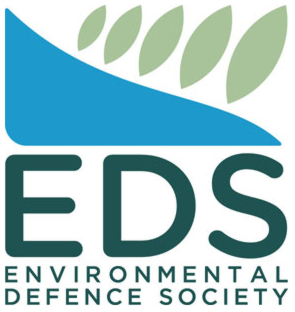Rain Events Create Record Groundwater Levels
High groundwater tables are affecting many lower lying areas of the Wairau Plain as a result of recent weather events.
Marlborough District Council’s Environmental Science and Monitoring Manager Alan Johnson said the issue -– otherwise known as groundwater flooding - was evident with ponding occurring in Rārangi, Spring Creek, Renwick’s Lower Terraces and Wairau Valley.
Council’s hydrologists have confirmed that June was the wettest recorded in Blenheim since 1942. The rain event from 26 to 28 June brought widespread flooding to the Tuamarina, Wairau and Taylor River catchments, as well as the Te Hoiere/Pelorus, Kaituna and Awatere River catchments. This included extensive surface flooding, impacting communities, public assets and private land.
“The heavy rainfall resulted in an extremely high groundwater table and soil saturation across the eastern Wairau Plain, Rārangi, Riverlands, Southern Valleys, Northbank and Wairau Valley. It also put Blenheim’s stormwater and sewage network under strain,” Mr Johnson said.
Groundwater levels are determined by the balance between rainfall, surface water infiltration and the underlying geology.
“In areas with permeable soils and high rainfall, water naturally accumulates underground. While the surface drains and pumps can help manage water temporarily, these measures do not lower the water table permanently. In fact, if the water table is high enough, drains can become ineffective or even backflow during heavy rain,” Mr Johnson said.
“In coastal or low-lying areas, rising sea levels and more intense rainfall are pushing groundwater levels higher. Large-scale solutions like deep wells, sump systems or subsurface draining networks are costly, require constant maintenance and can cause unintended consequences like drying out wetlands or affect neighbouring properties.
“The groundwater will recede slowly, and, unlike a stream, the water is stationary with no discernible water movement. These are quite rare events based on feedback from residents and since the late 1980’s may only have occurred to this extent in 2022 and 2025,” he said.
Mr Johnson said the issue required collaboration across Council and a staff working group would be set up to consider it further for the future.
Residue floodwaters can present other issues for communities with reminders issued by both Council and Health New Zealand Te Whatu Ora about contamination.
Floodwaters can be contaminated with germs which can make people unwell, and Health New Zealand Te Whatu Ora are advising the public to avoid all unnecessary and recreational contact with flooded waterways. Always work safely when cleaning up after a flood and protect yourself by wearing a properly fitted P2 N95 or even a surgical mask, cover cuts or wounds and wear gloves, sturdy shoes and protective clothing.
It is also important that water used for drinking, preparing food or drinks (including baby’s formula), brushing teeth, or washing dishes and utensils is safe and free from contamination that could cause illness. Bore water owners should consider boiling their water as a precaution in areas where floodwaters or groundwater flooding is present.
For more advice about floods and health, please visit Floods and health at https://info.health.nz/keeping-healthy/protecting-health-natural-disaster/floods-and-health


 Gordon Campbell: On Ducking The Costs Of Climate Change
Gordon Campbell: On Ducking The Costs Of Climate Change New Zealand Defence Force: Exercise Talisman Sabre Gets Under Way
New Zealand Defence Force: Exercise Talisman Sabre Gets Under Way Water Industry Operations Group of New Zealand: New Zealand And Australia To Compete For Best-Tasting Tap Water Title
Water Industry Operations Group of New Zealand: New Zealand And Australia To Compete For Best-Tasting Tap Water Title World Vision: Thousands Of Teens Plead For Government To Take Action On Modern Slavery
World Vision: Thousands Of Teens Plead For Government To Take Action On Modern Slavery Ngāti Kahungunu ki Wairarapa Tāmaki-nui-a-Rua Settlement Trust: Iwi Hosts Meeting With Multiple Crown Agencies For New Strategy
Ngāti Kahungunu ki Wairarapa Tāmaki-nui-a-Rua Settlement Trust: Iwi Hosts Meeting With Multiple Crown Agencies For New Strategy ACT New Zealand: David Seymour's Speech To 2025 ACT Party Rally - Positive Sum Thinking
ACT New Zealand: David Seymour's Speech To 2025 ACT Party Rally - Positive Sum Thinking Department Of Internal Affairs: Repeat Offender Found With Over 15,000 Child Sexual Exploitation Images, Sentenced To 30 Months Imprisonment
Department Of Internal Affairs: Repeat Offender Found With Over 15,000 Child Sexual Exploitation Images, Sentenced To 30 Months Imprisonment


